Commuter Train crashes through barrier in Chicago O’Hare Airport
Train crashes in Chicago O’Hare Airport
On March 24th there was an accident at Chicago O’Hare Airport when a commuter train overshot a station and crashed through a barrier. The inertia was so great the train rode up onto the platform and partially climbed up an escalator. The images and video are spectacular. Luckily none of the 32 people injured were seriously hurt. The immediate cause is that the train operator briefly fell asleep and only awoke upon impact.
The NTSB investigation is still ongoing but it has been revealed that the operator has admitted previously falling asleep during an incident on the 1st February. However, when disciplined by her employer (the Chicago Transit Authority) she only admitted to having “closed her eyes” for a moment. As a result she only received a written warning.
The CTA spokesman Brian Steele now says that they would have taken stronger disciplinary measures against her had they know she had dozed off. And that is the problem.
It is not surprising that the operator did not admit to dozing off. In what is looking more and more like an organisation with a strong blame culture, individuals will attempt to protect themselves when threatened. She had only been recently employed in the last 60 days, and was a “fill-in” (meaning her role was to cover absent operators’ shifts, often at short notice). One can easily imagine the precarious nature of her employment and how she may not have felt empowered to tell the whole truth about dozing off. When you have bills to pay you don’t turn down work, tired or not.
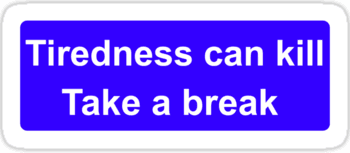 At the same time one has to question the wisdom of a system where an operator is allowed to take control of a train for a full shift when severely tired. Filling in a shift at short notice is notorious for causing issues with fatigue. According to the NTSB she worked an erratic schedule and different hours every day. If the CTA’s immediate reaction is to discipline their fatigued drivers rather than to support them, then it is not surprising that this accident occurred. Organisations need to look at the root causes of accidents, and that means blaming the processes instead of the people. The big questions are “Why was she fatigued?”, “Why was a fatigued driver allowed to drive?” and “What support does the CTA provide to ensure their drivers are fully fit to take control of a train?”. Drivers dozing off is not the root cause of the problem. It is a symptom of poor processes and management. And the CTA have to look at themselves and face up to that fact.
At the same time one has to question the wisdom of a system where an operator is allowed to take control of a train for a full shift when severely tired. Filling in a shift at short notice is notorious for causing issues with fatigue. According to the NTSB she worked an erratic schedule and different hours every day. If the CTA’s immediate reaction is to discipline their fatigued drivers rather than to support them, then it is not surprising that this accident occurred. Organisations need to look at the root causes of accidents, and that means blaming the processes instead of the people. The big questions are “Why was she fatigued?”, “Why was a fatigued driver allowed to drive?” and “What support does the CTA provide to ensure their drivers are fully fit to take control of a train?”. Drivers dozing off is not the root cause of the problem. It is a symptom of poor processes and management. And the CTA have to look at themselves and face up to that fact.
In addition to this it would appear that the automatic braking system which should have stopped the train did not function. Again, the investigation needs to determine why that is the case.
The problems surrounding human and driver fatigue are well known. The risks are not isolated and this is certainly not the first time that fatigue has led to a crash. But there is no excuse for a large organisation, with considerable resources and access to professional health and safety advice, to have such a heavy handed reaction and blame the employee. Nor will this reaction prevent future driver fatigue or encourage other drivers to report if they are struggling with tiredness. Let’s face it, a good telling off is no substitute for a good night’s sleep.
Luckily the NTSB are not only looking at the disciplinary history, but also the operator’s training and scheduling. There’s some hope of getting to the bottom of this yet.
See the story for more info: Operator-admitted-falling-asleep-before-ohare-crash

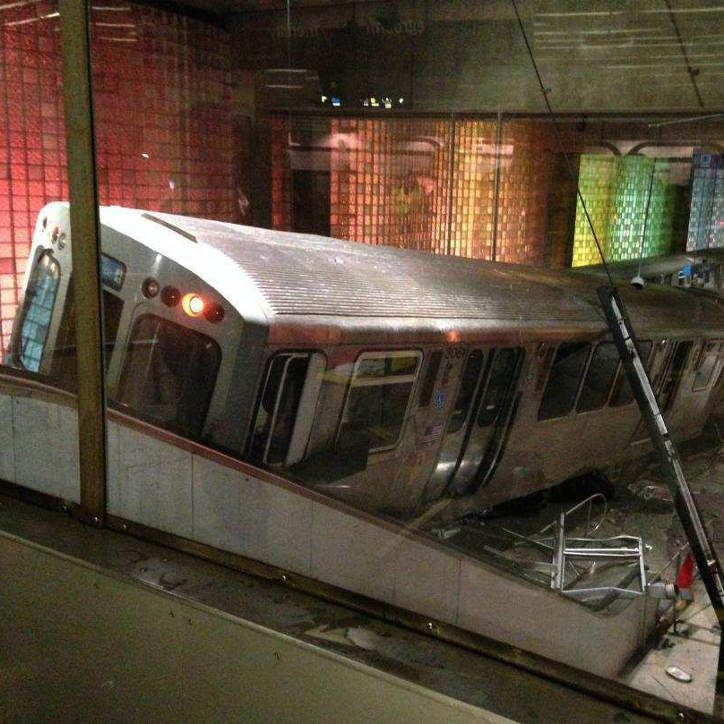
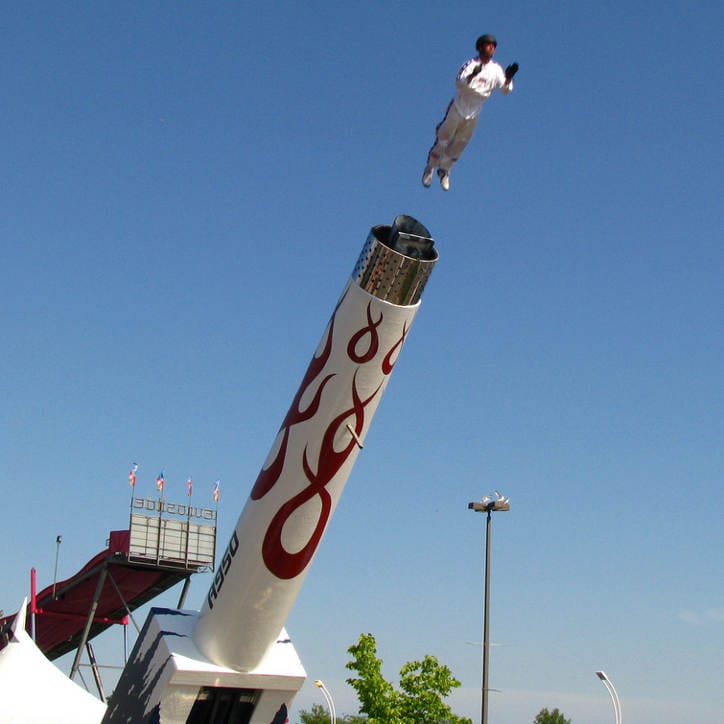
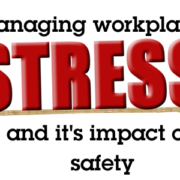


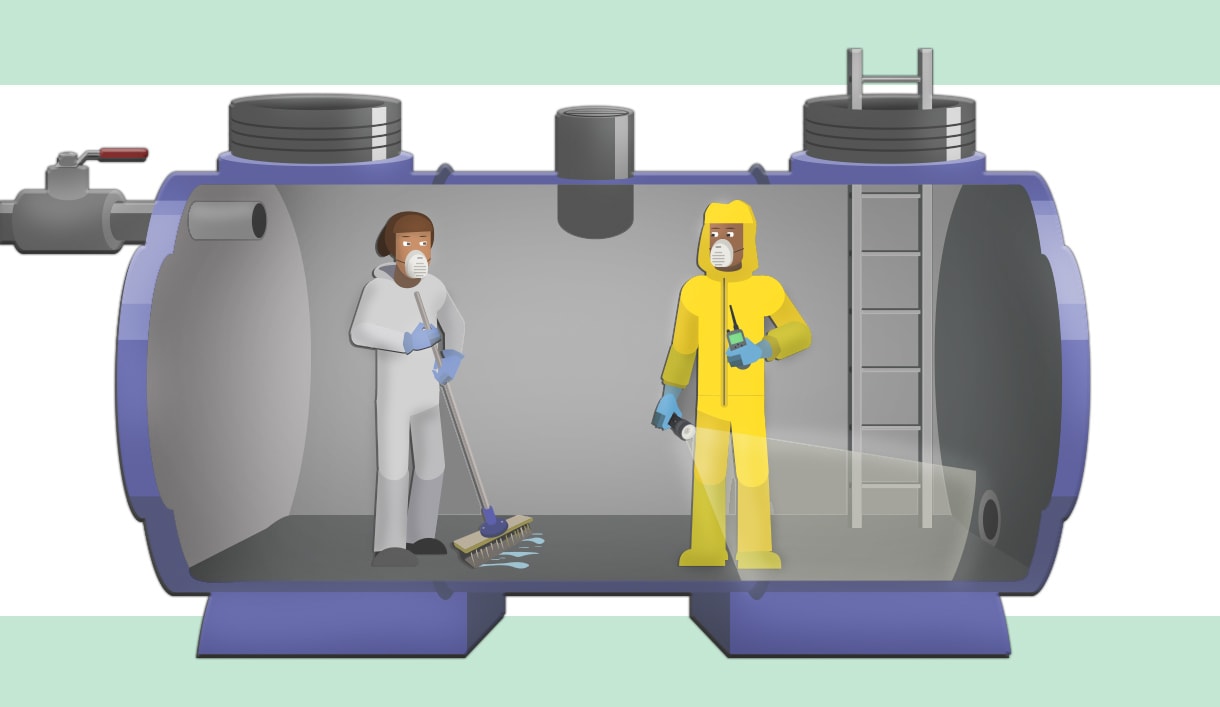

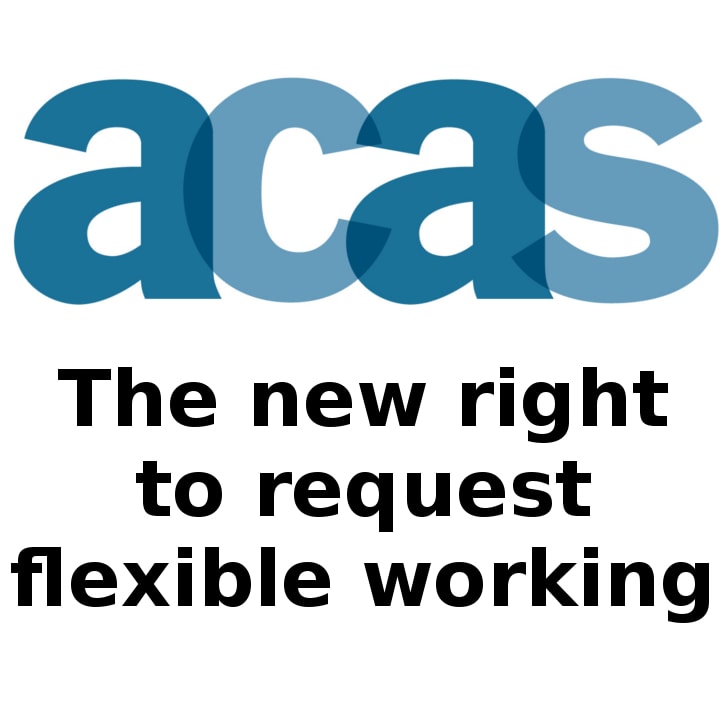
Leave a Reply
Want to join the discussion?Feel free to contribute!